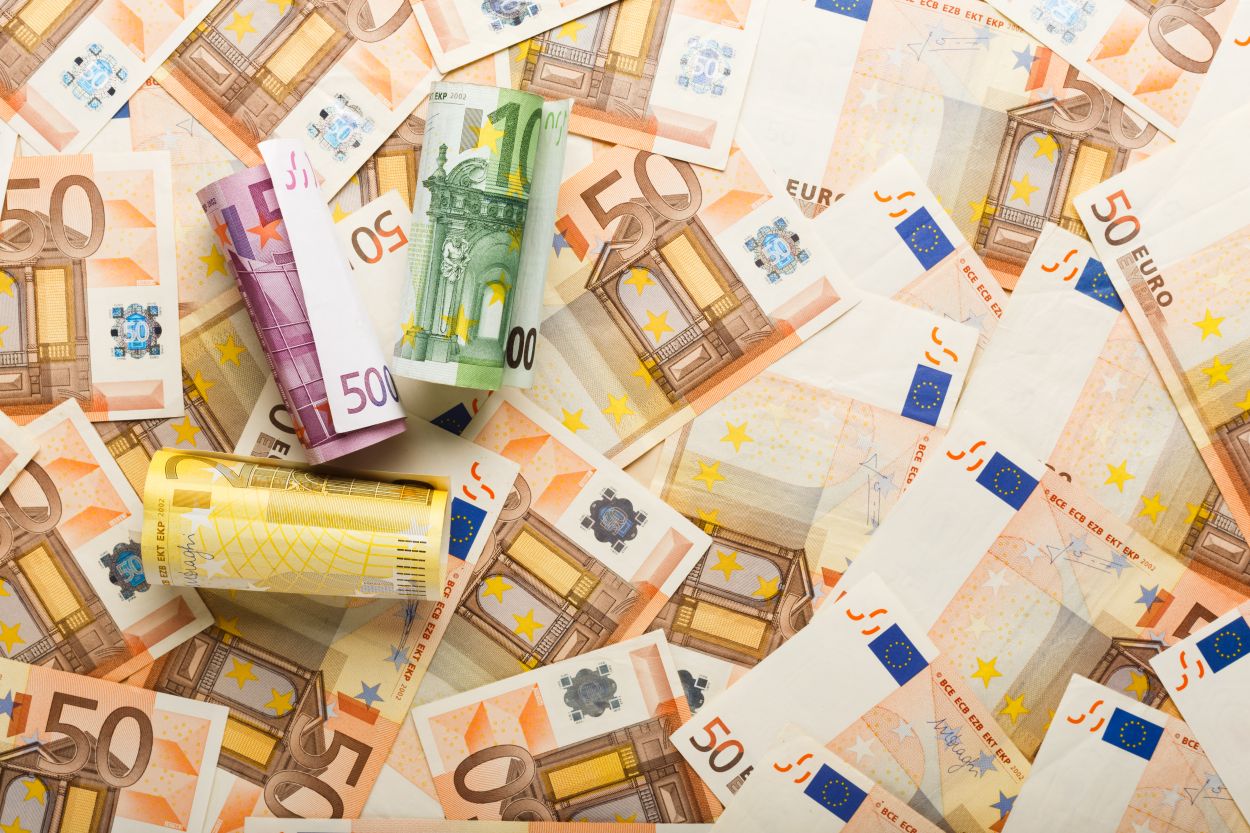The US currency closed the week strong, once again confirming its leadership position. Its European rival is rapidly losing ground. According to analysts, EUR/USD will retest parity over time, which is not good for the Euro. The greenback, which has reached a 20-year high, began to appreciate late on Thursday, September 1. On the first day of fall, the US dollar had its third consecutive week of gains. As a result, on Friday, it recorded its highest value in two decades against the euro and yen at US$ reaching a 20-year high following the release of the US manufacturing index. The data shows that the ISM Manufacturing PMI remained at 52.8 in August. Some analysts expect a drop to 52 points. However, as the data shows, activity in the US manufacturing sector has increased significantly. This indicator has been showing strength for a long time. From this perspective, the European currency is depreciating significantly against the US currency. The Euro opened this week below par but managed to recoup some of its losses thereafter. In the middle of the trading week, EUR/USD rose to 1.0078 amid falling gasoline and oil prices and hawkish comments from the ECB. For your information, the Euro first tested the party level in early July and then fell to the critical level of 0.9903. The situation only got worse as the EUR struggled to break out of parity and resist downward pressure. On the morning of Friday, September 2, the EUR/USD pair was trading near the 0.9970 level. It is possible that the pair will move higher towards 0.9980. Its breakout will open the way for sellers towards the 0.9800 to 0.9820 area. The tightening of monetary policy by the US Federal Reserve is significantly supporting the greenback. Dollar strengthens ahead of Fed’s September meeting. At the same time, the European currency is in a much less favorable position as it comes under pressure from the protracted energy crisis in Europe. Market participants expect the Fed to maintain a restrictive monetary policy as the measure is necessary to combat a rise in inflation. The rate will increase 75 basis points to 3-3.25%. US jobs data will be released on Friday. Estimates suggest that the unemployment rate in August remains close to the 3.5% recorded in July. Non-farm payroll employment increased by 300,000. The Federal Reserve will take this data into account when assessing labor market conditions and making policy rate decisions. Experts assume strong macro data will give the green light for rate hikes through 2023. The market believes the Fed will raise rates for the third time in September by 75 basis points. For another scenario, the Fed would have to see a deep decline in the labor market. However, there are no signs of slowing down yet. This summer, the US economy has grown relatively well despite the risk of recession. However, Danske Bank analysts are skeptical about the Fed’s current policy. They point out that domestic inflation has peaked as the labor market and inflationary pressures remain strong. Danske Bank concluded that this makes it difficult for the regulator to avoid a recession because that is where the US economy is headed in 2023.
